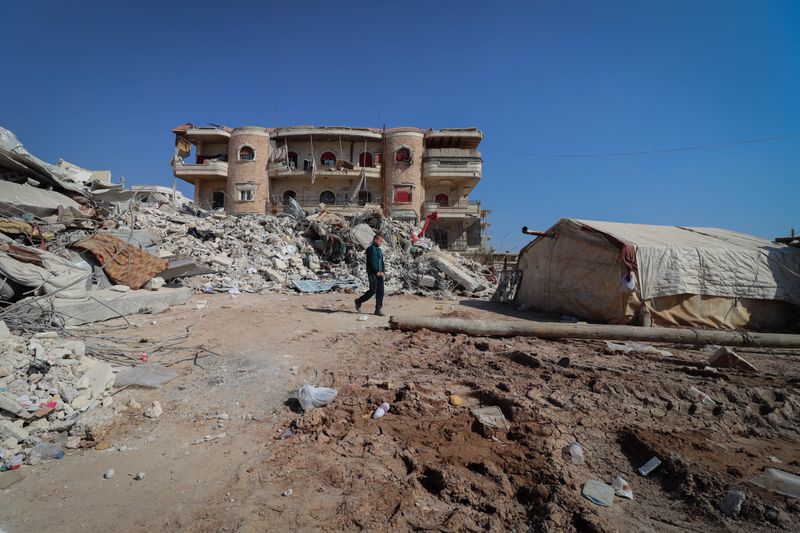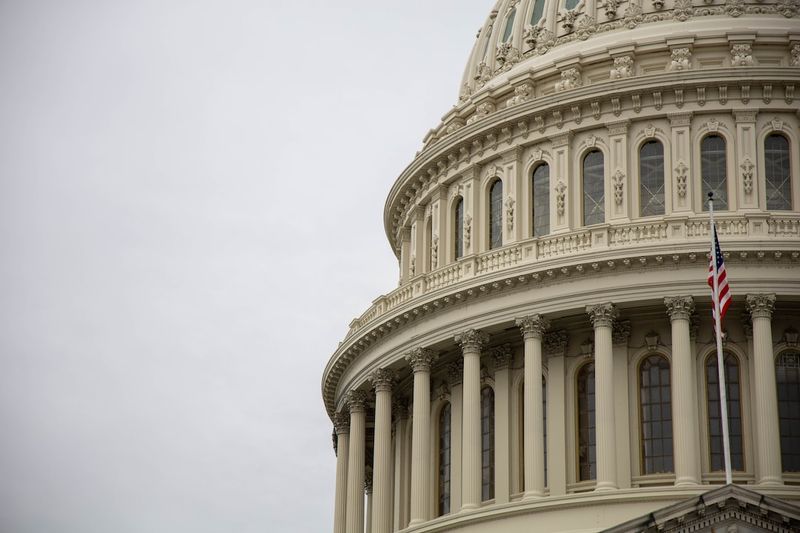- Earthquake Strikes Ventura County as Southern California Braces for Hurricane Hilary
- You might want to read !
Earthquake Strikes Ventura County as Southern California Braces for Hurricane Hilary
OJAI, Calif. – A magnitude 5.1 earthquake rattled Ventura County on Sunday afternoon, adding to the mounting concerns of severe weather caused by Hurricane Hilary. The quake occurred at 2:41 p.m. and was centered approximately four miles southeast of Ojai, according to the US Geological Survey (USGS). In the aftermath, at least six aftershocks measuring above 3.0 were recorded.
A Surprising Occurrence in the Region
The earthquake expert, Lucy Jones, was taken aback by the event. “We don’t know whether this would’ve been large enough to actually create a field expression,” she mused. Interestingly, earthquakes of this magnitude have not been observed in this specific location since 1932. Jones reflected on the significance of the event, stating, “Every earthquake has something to teach us. The smaller ones we see so often, you start running out of new things to learn.” The occurrence in the Ventura basin is a stark reminder of the unpredictable nature of California’s geology.
No Reports of Injuries or Damage
Fortunately, there were no immediate reports of injuries or significant damage caused by the earthquake. However, reports on social media indicate that it was felt across the greater Los Angeles area, including the Inland Empire. The fact that this earthquake was felt over such a wide region highlights the potential impact a larger earthquake could have on densely populated areas.
The Unrelatedness of the Earthquake and Hurricane Hilary
While the earthquake occurred simultaneously with the arrival of Tropical Storm Hilary, earthquake expert Lucy Jones confirmed that the two events were not related. Southern California was already dealing with the effects of the storm, including heavy rainfall, and the earthquake added an extra layer of anxiety for residents.
Ongoing Analysis and Implications
The earthquake serves as a reminder of the ongoing seismic activity on the West Coast and the ever-present threat of natural disasters. Scientists and researchers will, no doubt, continue to analyze this event’s implications for the region. Jones mentioned that there is a 5 percent chance of a larger earthquake occurring, further emphasizing the need for preparedness and mitigation strategies.
Editorial: The Intersection of Geology and Climate
This convergence of a hurricane and an earthquake sparks a broader discussion about the intersection of geology and climate. As climate change continues to unfold, severe weather events are becoming more frequent and intense. Meanwhile, the underlying geology of regions remains unchanged, leaving them vulnerable to natural disasters such as earthquakes.
It is crucial to recognize the importance of understanding and mitigating these risks. Investing in research, infrastructure, and early warning systems can significantly reduce the impact of such catastrophic events. Additionally, communities and individuals must take individual responsibility for preparedness, ensuring they have emergency kits, evacuation plans, and information on the potential risks in their area.
Advice: Prepare, Be Informed, and Take Action
In light of this recent earthquake, it is essential for residents of Southern California and other high-risk areas to be informed and prepared. Here are a few key steps to take:
1. Stay Informed:
- Follow reliable news sources for up-to-date information on seismic activity and weather conditions.
- Sign up for local emergency alerts and notifications.
2. Have an Emergency Plan:
- Create a family emergency plan that includes communication methods and meeting points.
- Identify safe areas within your home or workplace to take cover during an earthquake.
- Discuss evacuation routes and potential hazards with family members.
3. Prepare an Emergency Kit:
- Assemble an emergency kit with essential supplies, including food, water, medication, flashlights, batteries, and a first aid kit.
- Keep your emergency kit easily accessible and regularly check and replenish its contents.
4. Secure Your Belongings:
- Identify and secure heavy furniture and objects that could become hazards during an earthquake.
- Ensure that shelves, cabinets, and appliances are properly anchored.
5. Engage with Local Authorities:
- Attend community meetings and workshops on earthquake preparedness.
- Seek information and guidance from local emergency management agencies.
By following these steps, individuals and communities can increase their resilience and ability to respond effectively to natural disasters, such as earthquakes, as they continue to shape our world.

<< photo by Ahmed akacha >>
The image is for illustrative purposes only and does not depict the actual situation.
You might want to read !
- Earthquake Shake-Up: Analyzing the Impact of the Magnitude-5.1 Earthquake in Ventura County
- Exploring the Future of Thor: Taika Waititi Discusses His Ideas for Thor 5
- The Legacy of Mario’s Voice: Reflecting on the Retirement of Charles Martinet
- “Tropical Storm Hilary Approaches Southern California: Is the West Coast Prepared for Extreme Weather?”
- A Wet Relief: Hilary Delivers Much-Needed Boost to Lake Mead’s Water Level
- Dodger Stadium Deluge: Impact and Resilience in the Face of Natural Disaster
- How prepared is California for the next big earthquake?
- Bracing for Dual Disasters: California Quake and Approaching Hurricane Hilary
- Alaska Earthquake: Rattling the Ground and Raising Tsunami Concerns
- A Tale of Two Coasts: California and Mexico Brace for Hurricane Hilary’s Fury




